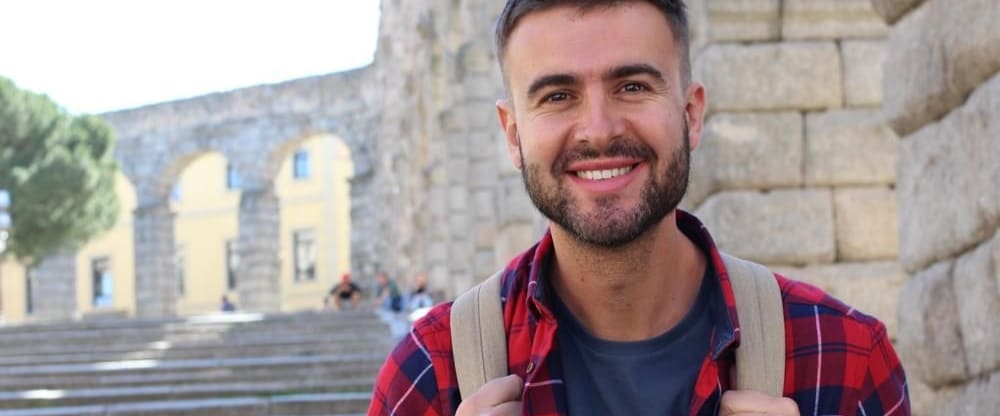These 8 Women Changed Science -- Will You Do the Same?
Did you know that February 11th is International Day of Women and Girls in Science? Whether you’re a woman working in this vital area or you have a sister/mother/daughter/aunt/friend/colleague who is, this annual observation is the perfect day to give yourself (or someone else) a pat on the back. It’s also an ideal opportunity to honor the many women whose contributions to science continue to improve our lives today.
- Student Tips
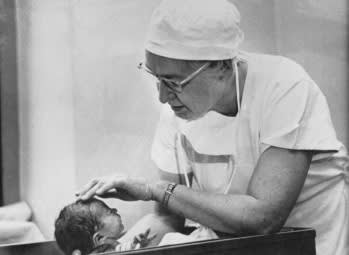
Did you know that February 11th is International Day of Women and Girls in Science? Whether you’re a woman working in this vital area or you have a sister/mother/daughter/aunt/friend/colleague who is, this annual observation is the perfect day to give yourself (or someone else) a pat on the back. It’s also an ideal opportunity to honor the many women whose contributions to science continue to improve our lives today.
We’re all familiar with the names Marie Curie and Maria Montessori, but they’re far from alone. Here’s a closer look at eight other pioneering women in science, along with why the contributions of women are more necessary than ever moving forward.

1. Virginia Apgar: Medicine
Determined to be a surgeon despite her gender and financial problems, Dr. Virginia Apgar persevered to become the first woman at Columbia University College of Physicians and Surgeons to earn the distinction of full professor. In her work at Columbia, she designed and introduced the APGAR Score which is still used all over the world as a standardized method for evaluating newborn health. Apgar later earned a master’s degree in public health, and received many awards and honors for her work toward the prevention of birth defects.
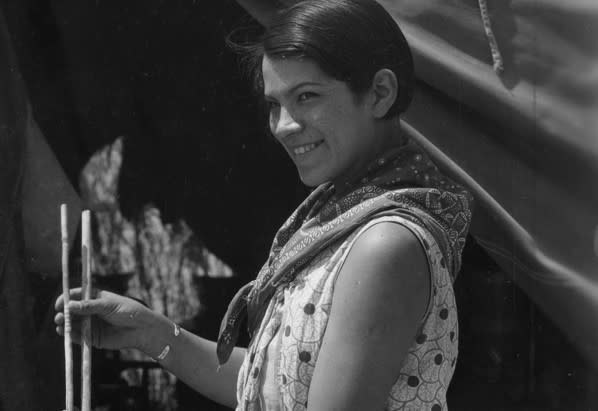
2. Bertha Parker Pallan: Archeology
While Pallan followed in the footsteps of her archaeologist father, the inaugural president of the Society for American Archaeology, she earned recognition in her own right. According to Adafruit, “Bertha Parker Pallan Thurston Cody is notable in the field of archaeology for her role as a groundbreaker: she was one of the first (if not the first) Native American female archaeologists. She was certainly first in her ability to conduct this work at a high level of skill, yet without a university education, making discoveries and gaining insights that impressed the trained archaeologists around her.”
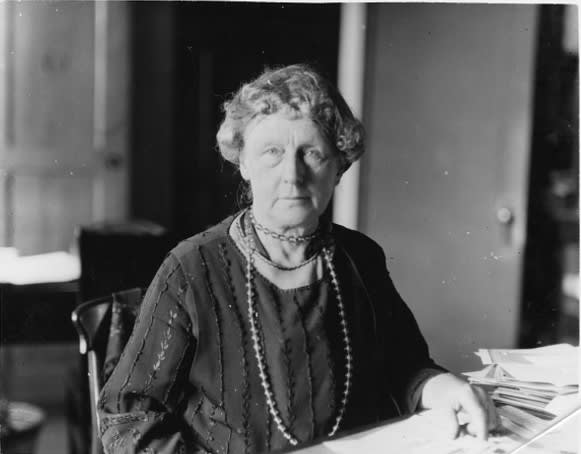
3. Annie Jump Cannon: Astronomy
For generations, the mnemonic phrase, “Oh, Be a Fine Girl -- Kiss Me!” has been used by astronomers to remember the spectral classifications of stars. Its inventor? Annie Jump Cannon. Cannon was part of a group of “Pickering's Women,” who worked with data and astronomical calculations at the Harvard College Observatory. She received many honors over the course of her 40-year career, including being the first recipient of an honorary degree from Oxford and the first woman officer of the American Astronomical Society.
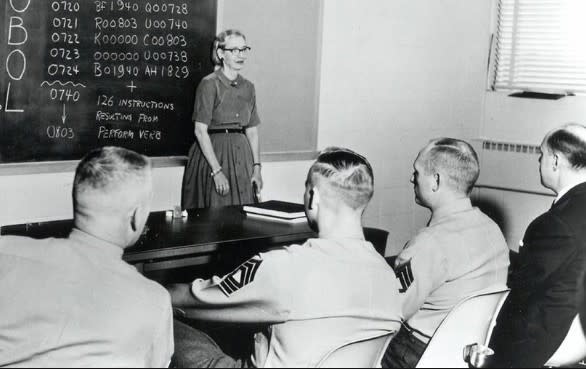
4. Grace Hopper: Computer Science
A lifelong leader in the field of software development with BAs in physics and math and a PhD in math, Admiral Grace Hopper was known for her resistance to the “we've always done it that way" mindset. She received the Naval Ordnance Development Award for her programming success on the Mark I, Mark II, and Mark III computers, and also received the first Computer Science “Man-of-the-Year” Award from the Data Processing Management Association. Through all of her accomplishments, Hopper cited “all the young people I've trained," as her greatest achievement.
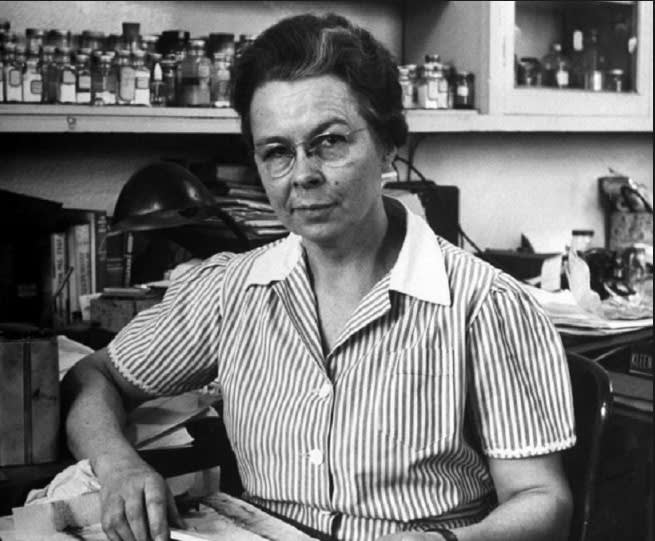
5. Katharine Burr Blodgett: Chemistry/Physics
A leader in surface chemistry and engineering, Katharine Blodgett was the first woman to get a PhD in physics from Cambridge University. She worked at the GE Research Lab, where her contributions spanned a breadth and depth of areas, including everything from improving eyeglasses to aircraft de-icing. Blodgett was also a renaissance woman; in her spare time, she gardened, acted in plays, and worked as a conservationist.
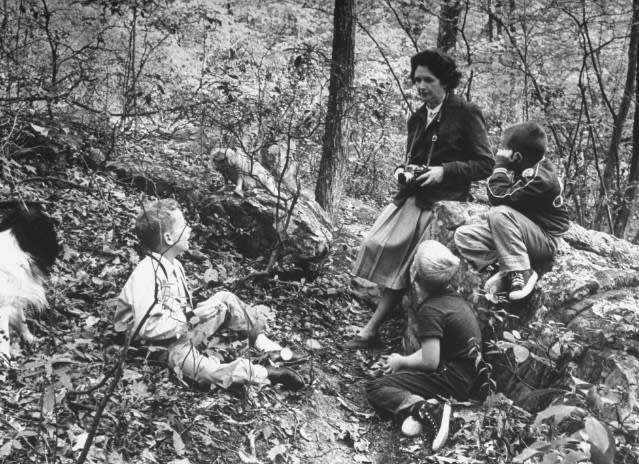
6. Rachel Carson: Biology
One of the US’s most well-known 21st-century nature writers, Carson is well known for her seminal book, Silent Spring, which cautioned humans about the misuse of chemical pesticides. Says her website, “In Silent Spring Carson asked the hard questions about whether and why humans had the right to control nature; to decide who lives or dies, to poison or to destroy non-human life. In showing that all biological systems were dynamic and by urging the public to question authority, to ask "who speaks, and why"? Rachel Carson became a social revolutionary, and Silent Spring became the handbook for the future of all life on Earth.”

7. Florence Bascom: Geology
Florence Bascom’s road to a PhD was fraught with numerous obstacles, including having to sit behind a screen during lectures due to a college system deeply opposed to the co-education of women. It didn’t stop her: She went on to become the first woman to receive a PhD from Johns Hopkins, and is today considered one of the true pioneers of geoscience. Bascom achieved many firsts, including being the first woman hired by the US Geological Survey, first woman to present a paper at the Geological Society of Washington, and the first female officer of the Geological Society of America. She also earned a place in the first-ever “American Men of Science,” book, which rated her among the country’s top 100 geologists.
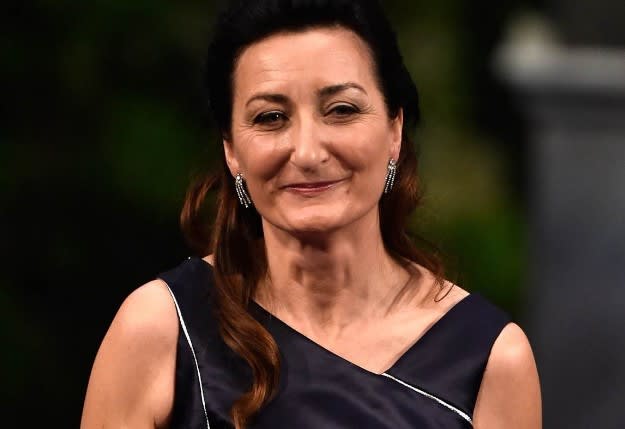
8. May-Britt Moser: Psychology
2014 Nobel Prize in Physiology or Medicine recipient May-Britt Moser is celebrated for her contributions, in collaboration with her husband, Edvard Moser, to our understanding of how our brains know where we are. She told Nature, “Just to walk there, we have to understand where we are now, where we want to go, when to turn and when to stop. It's incredible that we are not permanently lost.” How big a deal is Moser in her homeland? Reveals Nature, “Anyone flying out of Trondheim Airport will find a photograph of the couple in an exhibition of famous Norwegians. The other 13 portraits are all of individual athletes or artists. The Mosers' portrait is the only one featuring two scientific brains.”
While these women paved the way, there’s still work ahead. In fact, according to the United Nations, “the probability for female students of graduating with a Bachelor’s degree, Master’s degree and Doctor’s degree in science-related field are 18%, 8% and 2% respectively, while the percentages of male students are 37%, 18% and 6%.” And yet both science and gender equality have been deemed pivotal to achieving the 2030 Agenda for Sustainable Development, adopted by world leaders in the collective effort to build a better world. Its inspiring assertion? “Gender equality is not only a fundamental human right, but a necessary foundation for a peaceful, prosperous and sustainable world.”
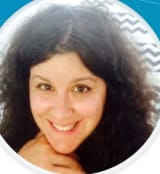
Joanna Hughes
Author
Joanna worked in higher education administration for many years at a leading research institution before becoming a full-time freelance writer. She lives in the beautiful White Mountains region of New Hampshire with her family.

